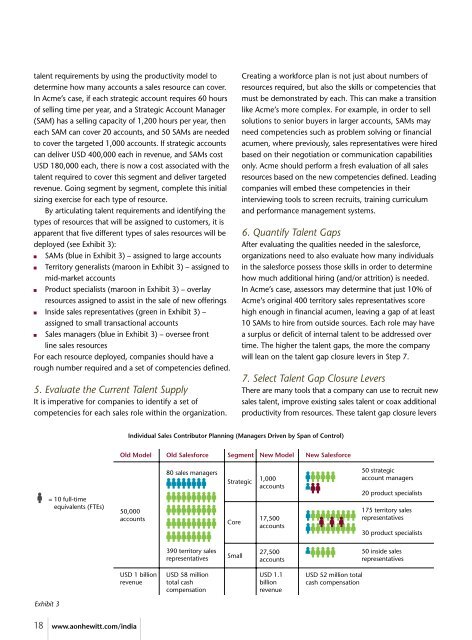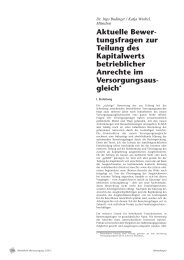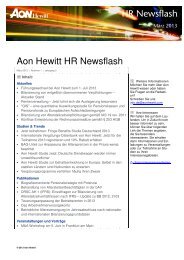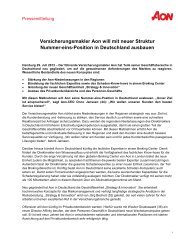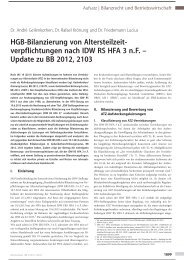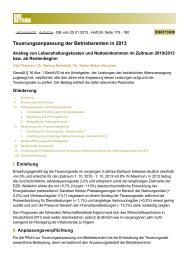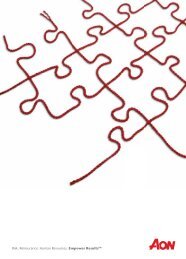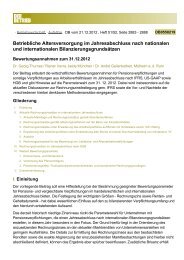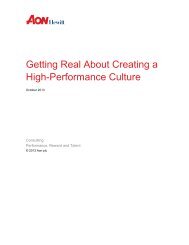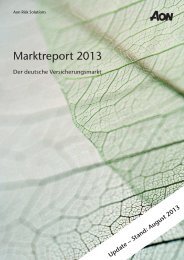Revitalizing Sales Compensation - Aon
Revitalizing Sales Compensation - Aon
Revitalizing Sales Compensation - Aon
Create successful ePaper yourself
Turn your PDF publications into a flip-book with our unique Google optimized e-Paper software.
talent requirements by using the productivity model to<br />
determine how many accounts a sales resource can cover.<br />
In Acme’s case, if each strategic account requires 60 hours<br />
of selling time per year, and a Strategic Account Manager<br />
(SAM) has a selling capacity of 1,200 hours per year, then<br />
each SAM can cover 20 accounts, and 50 SAMs are needed<br />
to cover the targeted 1,000 accounts. If strategic accounts<br />
can deliver USD 400,000 each in revenue, and SAMs cost<br />
USD 180,000 each, there is now a cost associated with the<br />
talent required to cover this segment and deliver targeted<br />
revenue. Going segment by segment, complete this initial<br />
sizing exercise for each type of resource.<br />
By articulating talent requirements and identifying the<br />
types of resources that will be assigned to customers, it is<br />
apparent that five different types of sales resources will be<br />
deployed (see Exhibit 3):<br />
SAMs (blue in Exhibit 3) – assigned to large accounts<br />
Territory generalists (maroon in Exhibit 3) – assigned to<br />
mid-market accounts<br />
Product specialists (maroon in Exhibit 3) – overlay<br />
resources assigned to assist in the sale of new offerings<br />
Inside sales representatives (green in Exhibit 3) –<br />
assigned to small transactional accounts<br />
<strong>Sales</strong> managers (blue in Exhibit 3) – oversee front<br />
line sales resources<br />
For each resource deployed, companies should have a<br />
rough number required and a set of competencies defined.<br />
5. Evaluate the Current Talent Supply<br />
It is imperative for companies to identify a set of<br />
competencies for each sales role within the organization.<br />
Exhibit 3<br />
18 www.aonhewitt.com/india<br />
Creating a workforce plan is not just about numbers of<br />
resources required, but also the skills or competencies that<br />
must be demonstrated by each. This can make a transition<br />
like Acme’s more complex. For example, in order to sell<br />
solutions to senior buyers in larger accounts, SAMs may<br />
need competencies such as problem solving or financial<br />
acumen, where previously, sales representatives were hired<br />
based on their negotiation or communication capabilities<br />
only. Acme should perform a fresh evaluation of all sales<br />
resources based on the new competencies defined. Leading<br />
companies will embed these competencies in their<br />
interviewing tools to screen recruits, training curriculum<br />
and performance management systems.<br />
6. Quantify Talent Gaps<br />
After evaluating the qualities needed in the salesforce,<br />
organizations need to also evaluate how many individuals<br />
in the salesforce possess those skills in order to determine<br />
how much additional hiring (and/or attrition) is needed.<br />
In Acme’s case, assessors may determine that just 10% of<br />
Acme’s original 400 territory sales representatives score<br />
high enough in financial acumen, leaving a gap of at least<br />
10 SAMs to hire from outside sources. Each role may have<br />
a surplus or deficit of internal talent to be addressed over<br />
time. The higher the talent gaps, the more the company<br />
will lean on the talent gap closure levers in Step 7.<br />
7. Select Talent Gap Closure Levers<br />
There are many tools that a company can use to recruit new<br />
sales talent, improve existing sales talent or coax additional<br />
productivity from resources. These talent gap closure levers<br />
Individual <strong>Sales</strong> Contributor Planning (Managers Driven by Span of Control)


